Heart Health and Front of Pack Labelling/Warning Labels
Event Date
Address
In Map
Event Date
Address
In Map
In #India, where nearly 400 million people are living below poverty line, it's appalling to know that around 40% of total #food produced per year is wasted due to fragmented food systems. We must redesign our systems to reduce waste but we also need to change our lifestyles.
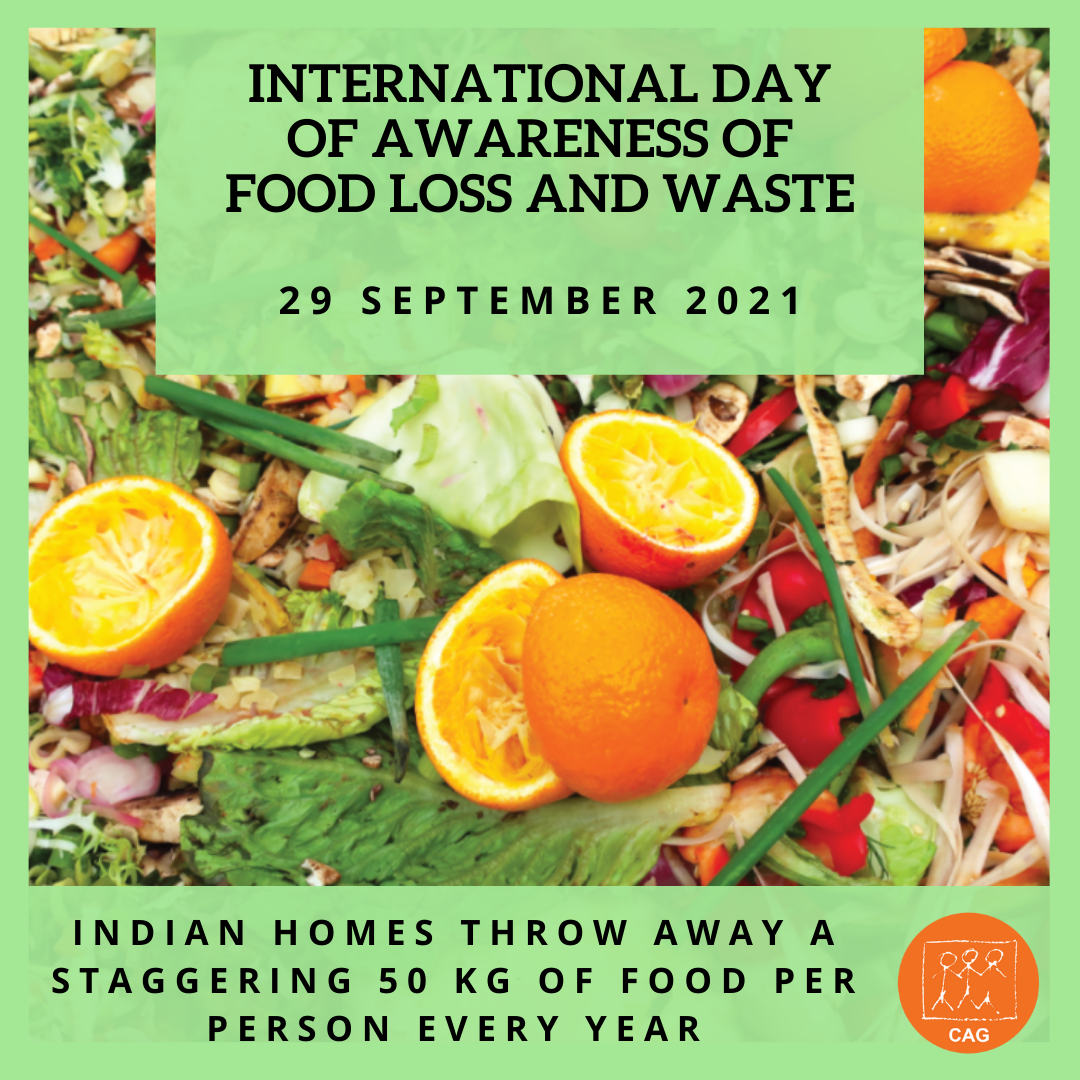
#ElectricVehicle #EBike #RenewableEnergy
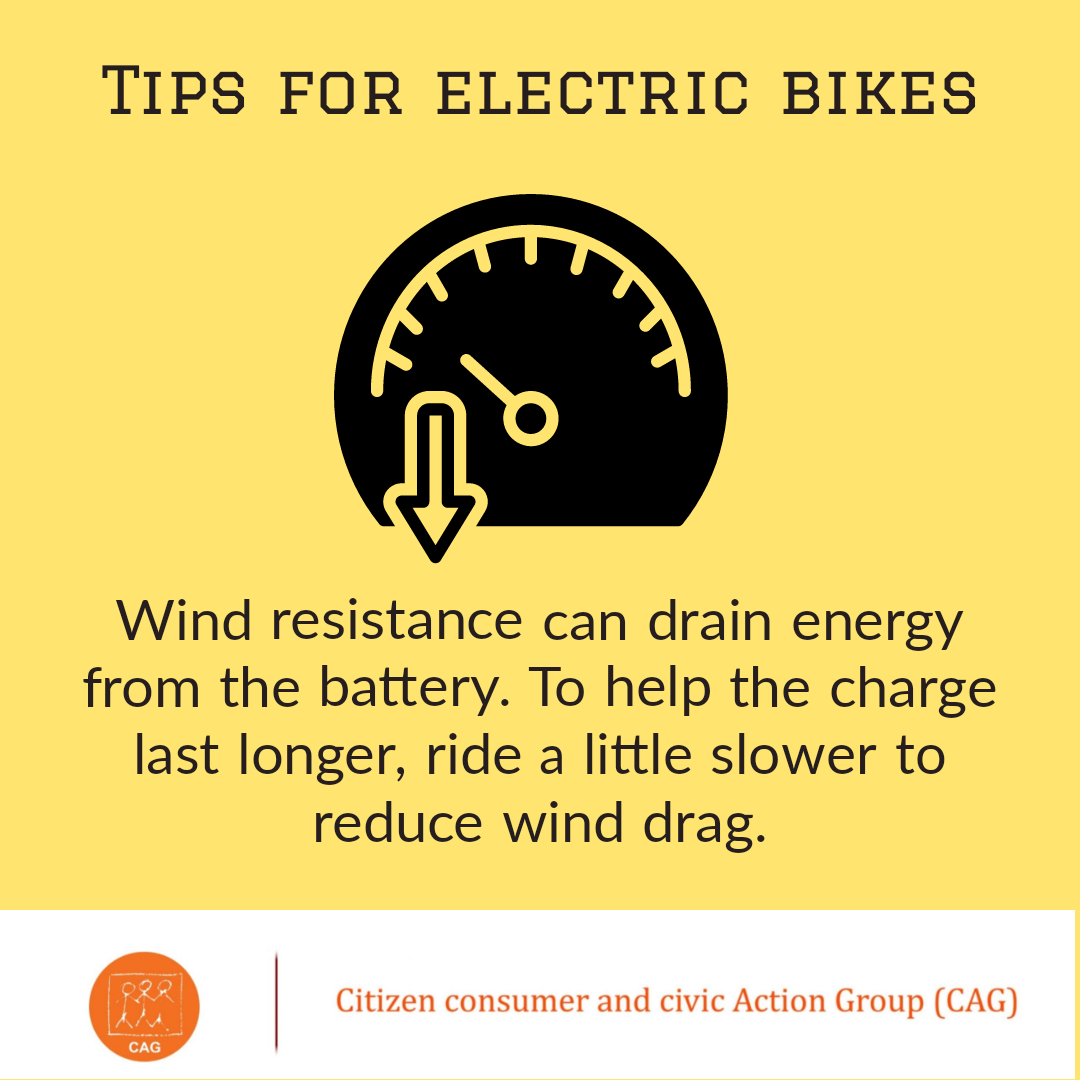
Did you know? The chemical used to coat Teflon cookware releases toxic fumes when overheated. Avoid cooking in high heat and keep your kitchen well ventilated to reduce the harmful effect of such fumes. #AirPollution #RightToCleanAir #KnowYourAir
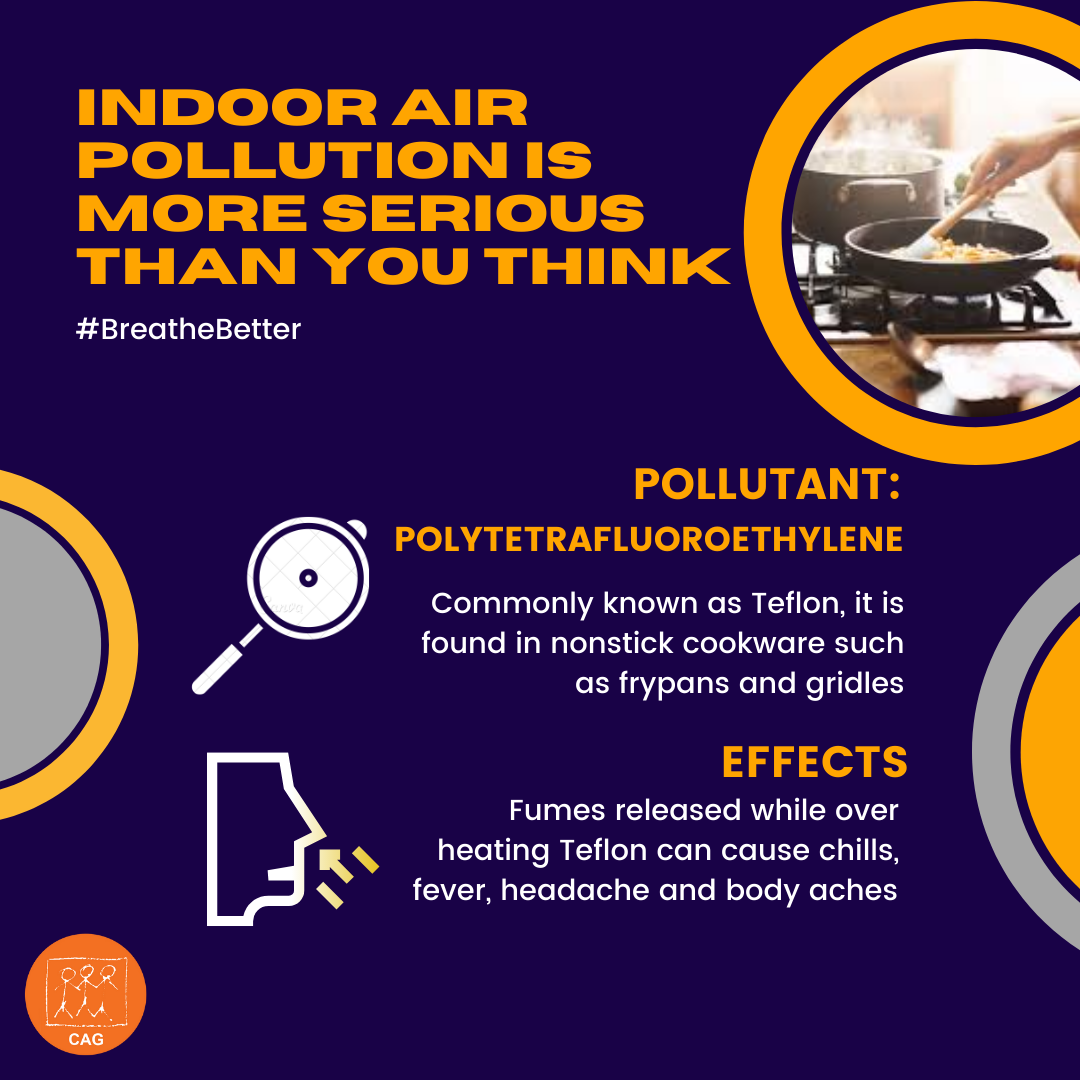
A typical fossil-fuel powered passenger vehicle emits around 4.6 metric tonnes of CO2 each year. This figure varies depending on the kind of fuel used, the vehicle's fuel efficiency, and the amount of miles travelled. EVs contribute zero direct emissions as opposed to conventional vehicles.
#ElectricVehicle #EBike#RenewableEnergy
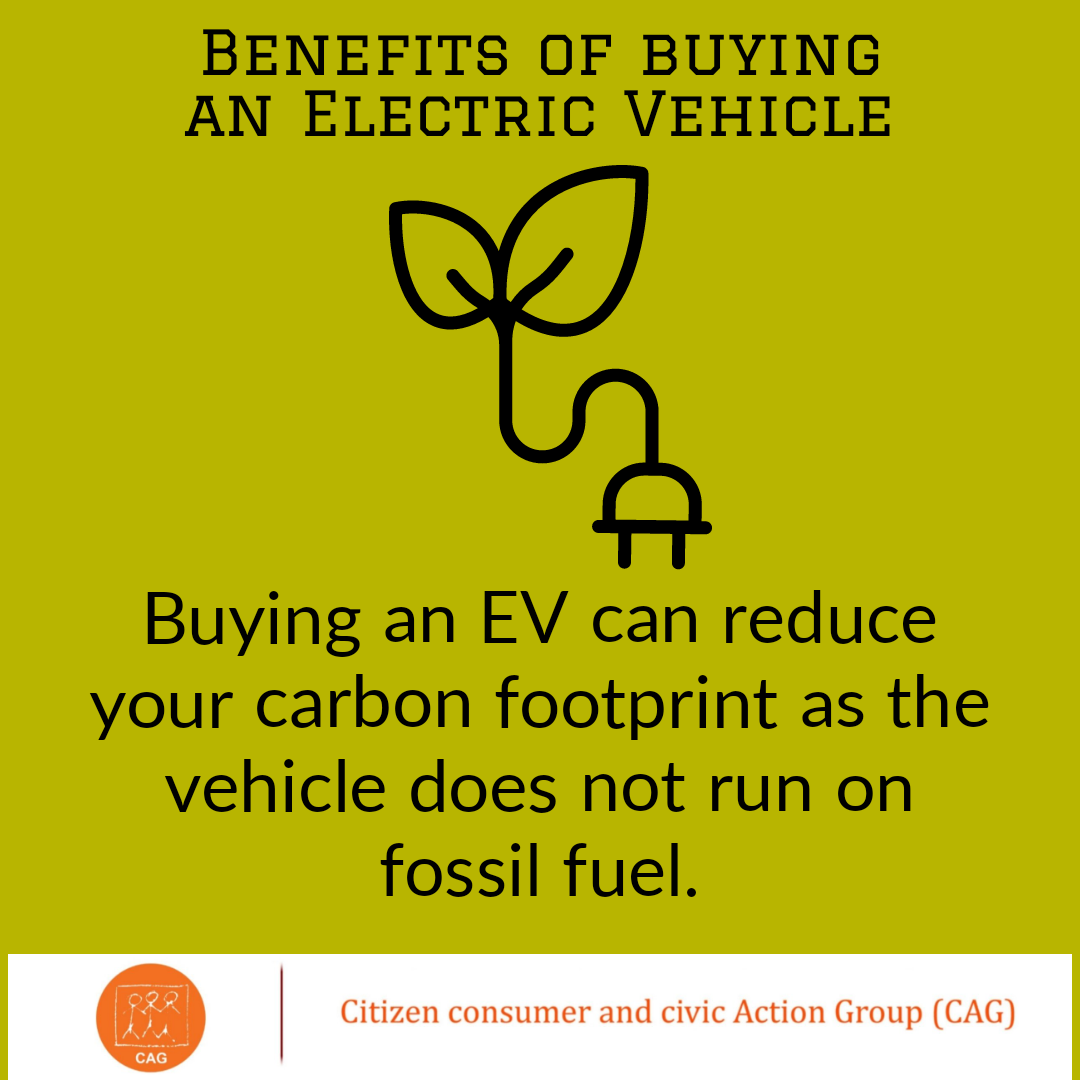
Pedestrians on phones can be unpredictable in their movement, increasing the risk of a crash. Walk safe.
#RoadSafety #SafeRoadsIndia


Contrary to popular myth, buses do not congest our roads. They move more people while utilising less resources like fuel and space. Plus they are also affordable. Isn't time we took the bus?
#sustainablemobility #urbanmobilityindia #publictransport
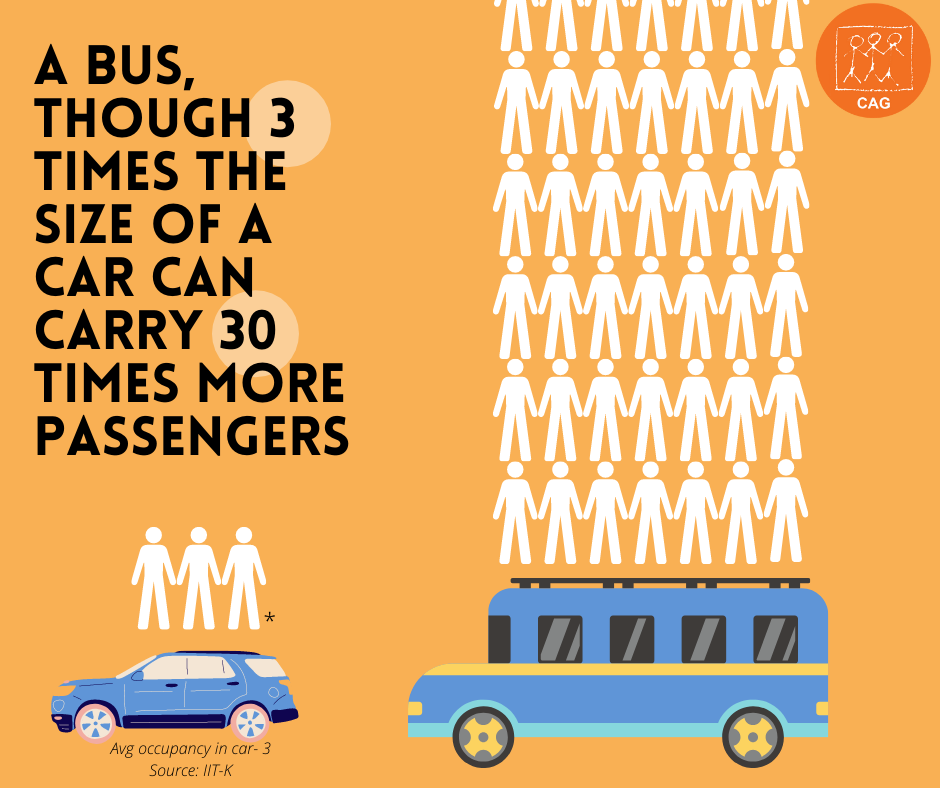
Event Date
Address
In Map
The cost of charging your battery at home is estimated at Rs 6 - 7 per unit. The full charge for a 40 kWh battery will therefore cost Rs 250, taking about 6-8 hours to charge fully. On a full charge, a 40 kWh battery installed in leading EVs may give ranges of 350-400 km. In a home charge infrastructure, the cost of operating the electric vehicle will be less than Rs 1 per kilometre.
#ElectricVehicles #Eikes #RenewableEnergy